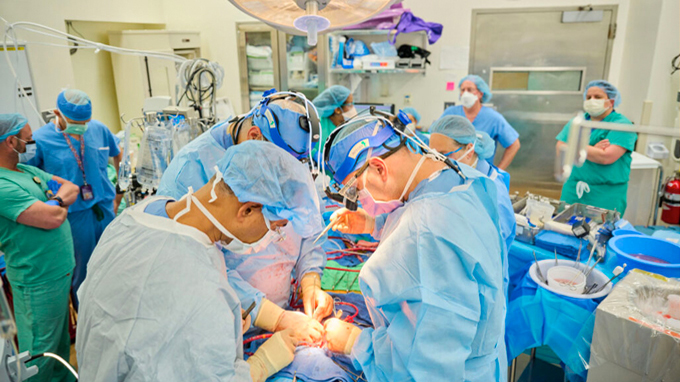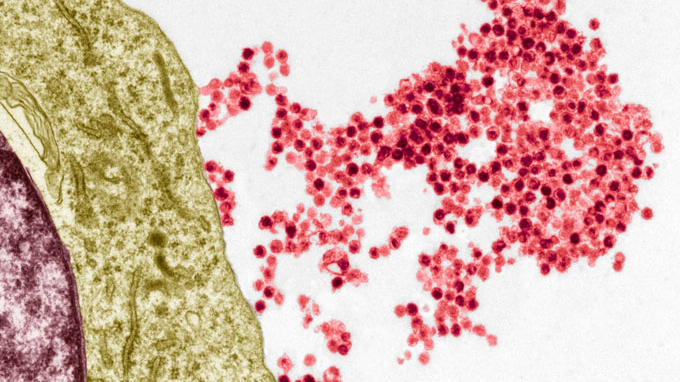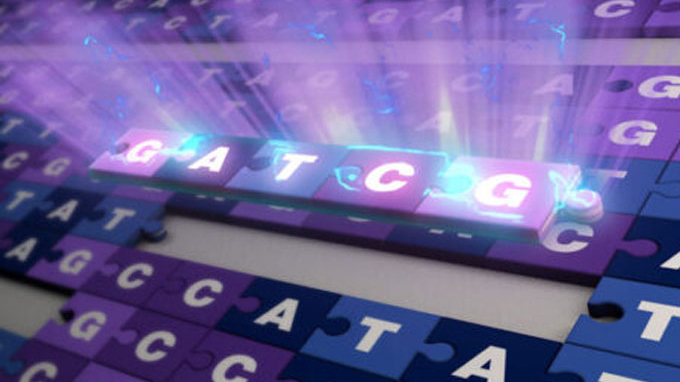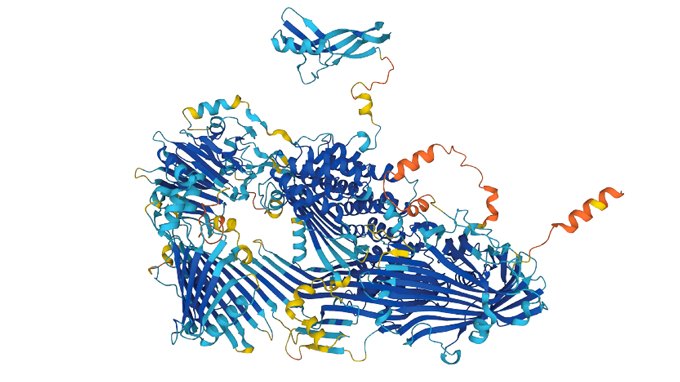COVID-19 may continue to dominate headlines, but this year’s biomedical advances weren’t all about “the Rona.” 2022 saw fruitful and seemingly fantastical research that could one day mean good news for patients.
Growing synthetic embryos
Two reports this year revealed how to fabricate the early stages of mammalian life. With a bit of laboratory wizardry, scientists mingled mouse stem cells, which self-assembled to spawn what appears to be a kind of fledgling embryo — no egg or sperm required. As they grow, these stem cell–derived synthetic embryos can form proto hearts, brains and guts. But the similarity to natural mouse embryos fades quickly. The synthetic and natural versions match up for only about eight days of development. Still, studying similar clusters of human stem cells might one day offer a way to probe the development of human embryos without relying on the real thing.
Science News headlines, in your inbox
Headlines and summaries of the latest Science News articles, delivered to your email inbox every Friday.
Client key* E-mail Address* Sign up
Thank you for signing up!
There was a problem signing you up.
Next-level organ transplants
Organ transplants have started mirroring science fiction. In January, an ailing 57-year-old man received a heart from a genetically engineered pig and survived for two months with the transplanted organ (SN: 3/12/22, p. 26). Other surgeries plugged pig hearts into the bodies of brain-dead patients, a step that prepares researchers for future clinical trials (SN Online: 7/12/22). And a high-tech system hooked up to pigs’ bodies an hour after death helped keep organs functioning. The technology, which might one day preserve human organs slated for surgery, pumps a mix of real and artificial blood through the animals (SN: 9/10/22, p. 12).
 In July, a surgical team at NYU Langone Health transplanted a pig heart into a brain-dead patient, part of a larger effort to evaluate the potential of using animal organs for transplantation.JOE CARROTTA FOR NYU LANGONE HEALTH
In July, a surgical team at NYU Langone Health transplanted a pig heart into a brain-dead patient, part of a larger effort to evaluate the potential of using animal organs for transplantation.JOE CARROTTA FOR NYU LANGONE HEALTH
Epstein-Barr’s link to MS
Scientists dropped an Epstein-Barr bombshell early this year when they suggested that the virus is the main cause of the neurodegenerative disease multiple sclerosis. Infection with the virus greatly upped the odds of later developing MS, an analysis of millions of U.S. military recruits found. The link between the virus and MS, which scientists had suspected but never outlined so clearly, might guide the way to potential MS treatments — or even, one day, vaccines to prevent the disease (SN: 8/13/22, p. 14).
 Epstein-Barr viruses (red) emerge from an immune system B cell in this colorized electron micrograph.STEVE GSCHMEISSNER/SCIENCE SOURCE
Epstein-Barr viruses (red) emerge from an immune system B cell in this colorized electron micrograph.STEVE GSCHMEISSNER/SCIENCE SOURCE
A complete human genome, finally
Researchers announced back in 2003 that they had read all the genetic info packed into strands of human DNA — the first sequence of the human genome. But that genome was not quite complete; some tangled-up lengths of DNA remained difficult to decipher. This year, a team tied up the loose ends. In March, the researchers reported a new and improved human genome — this time, complete from end to end (SN: 4/23/22, p. 6).
 New technologies have helped researchers decipher the final, challenging stretches of DNA bases in the human genome.ERNESTO DEL AGUILA III/NHGRI
New technologies have helped researchers decipher the final, challenging stretches of DNA bases in the human genome.ERNESTO DEL AGUILA III/NHGRI
AI predicts protein structures
Artificial intelligence has taken structural biology to warp speed. A deep-learning program called AlphaFold has now predicted the 3-D shapes of more than 200 million proteins (SN: 9/24/22, p. 16). Though the shapes are not lab-verified structures, the massive dataset could help researchers studying health and disease in all sorts of organisms, from humans to honeybees. Now, looking up a protein’s predicted structure is almost as easy as typing it into Google, according to the cofounder of the AI company that created AlphaFold.
 Alphafold predicted this structure (blue is highest confidence, red is lowest) for a honeybee protein called vitellogenin that helps protect against bacterial infections.Deep Mind
Alphafold predicted this structure (blue is highest confidence, red is lowest) for a honeybee protein called vitellogenin that helps protect against bacterial infections.Deep Mind

